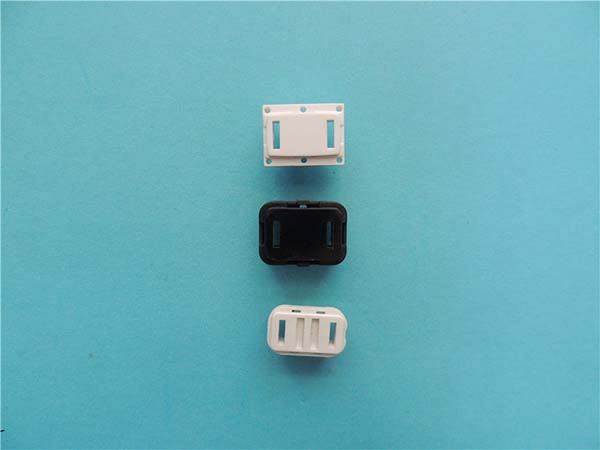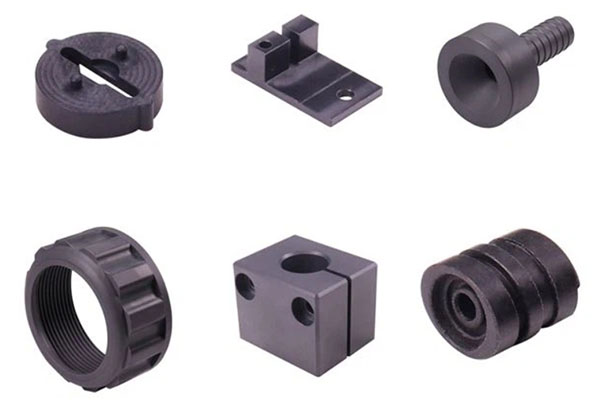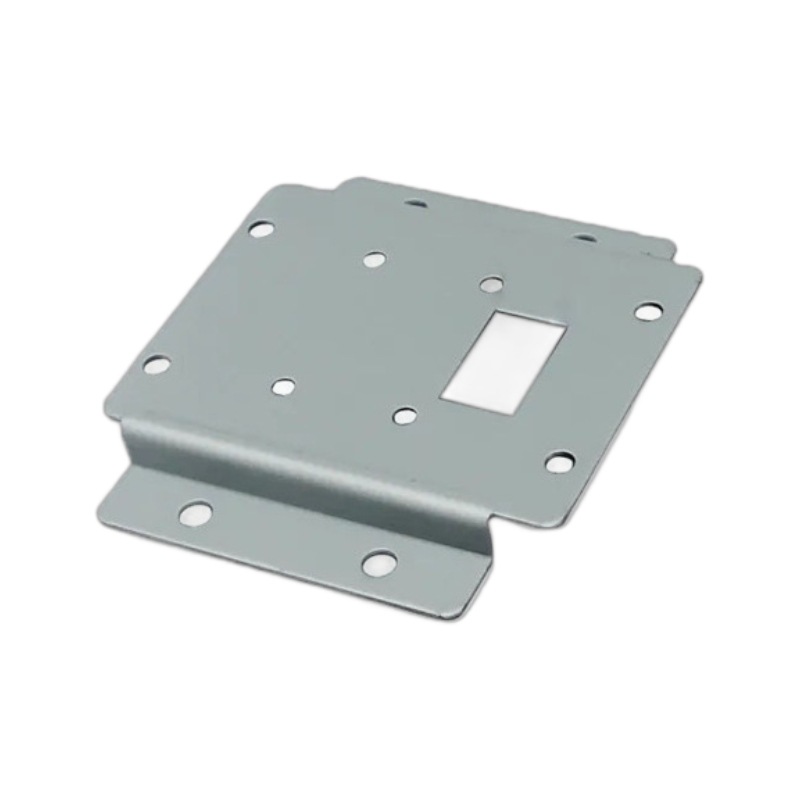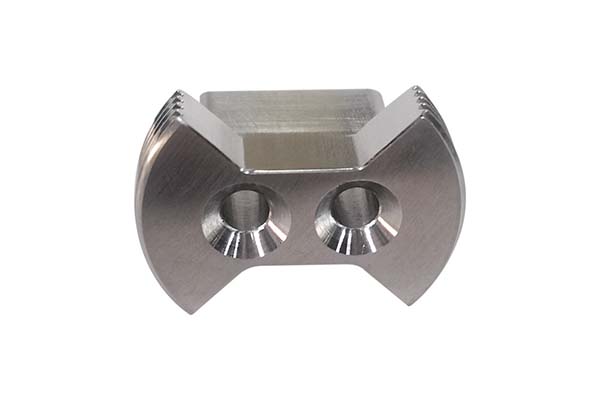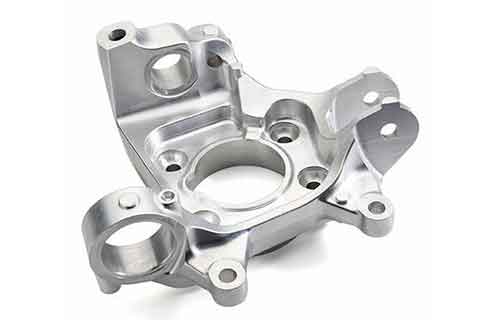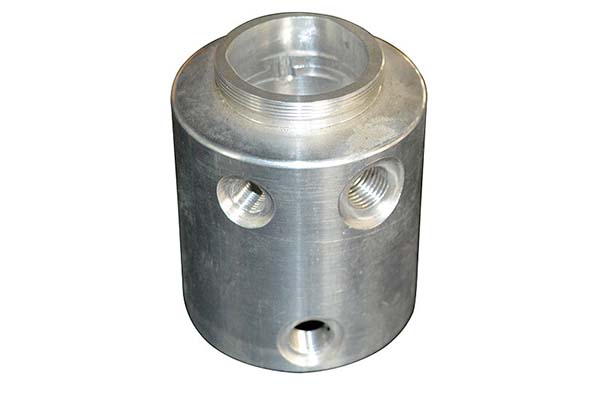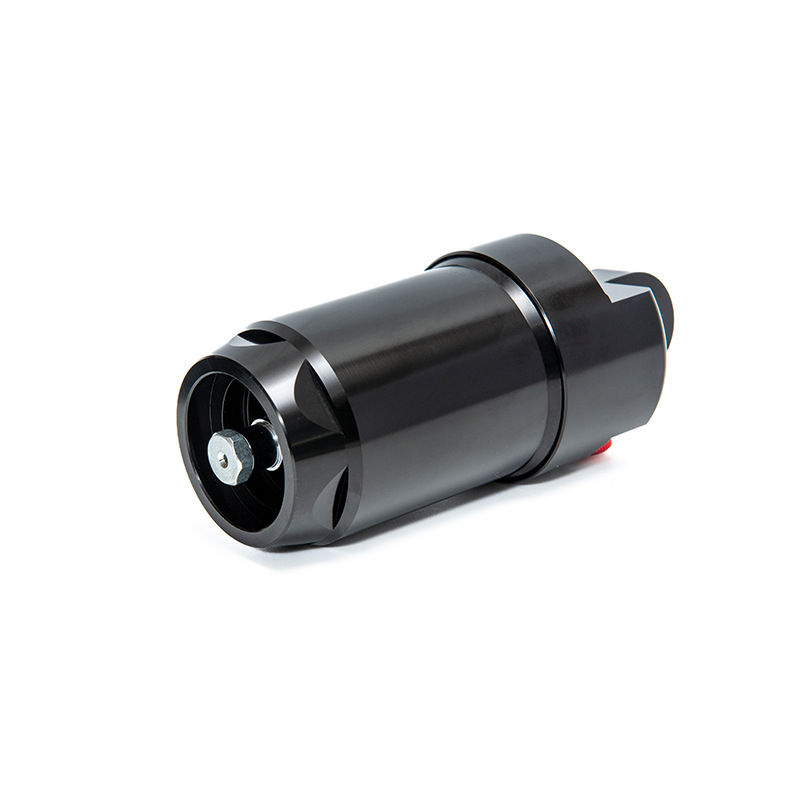CNC machining of fireproof PC (flame-retardant polycarbonate) comes with unique challenges that manufacturers often face. The addition of flame-retardant additives—critical for achieving a UL94 V0 rating—enhances its fire resistance but also makes the material more abrasive, leading to accelerated tool wear compared to standard PC. Additionally, these additives can create a heterogeneous structure, causing uneven cutting forces that increase the risk of surface defects like micro-cracks or chipping. Fireproof PC also has slightly lower heat resistance than pure PC when exposed to prolonged machining heat, making it prone to softening and warping if cutting parameters are not optimized. Achieving tight tolerance verification is further complicated by its slightly higher shrink rate, requiring careful consideration of post-machining dimensional stability. This guide addresses these pain points, offering expert strategies to master CNC machining of fireproof PC.
CNC Machining Techniques for Fireproof PC
The CNC machining techniques for fireproof PC require specialized approaches to handle its flame-retardant properties:
- CNC milling: The primary process, using sharp, wear-resistant tools to counteract abrasiveness. A spindle speed of 6000-10,000 RPM and feed rate of 0.08-0.15 mm/tooth works well, with a depth of cut of 0.3-1.5 mm for roughing and 0.1-0.2 mm for finishing. This balance minimizes heat buildup, critical for maintaining heat resistance during machining.
- CNC turning: Suitable for cylindrical fireproof PC parts like bushings or instrument knobs, with spindle speed of 3000-5000 RPM and feed rate of 0.08-0.12 mm/rev. A negative rake angle (-5° to 0°) on tools reduces cutting forces, minimizing chipping caused by flame-retardant additives.
- Drilling and tapping: Requires carbide drills with a 130° point angle to prevent delamination, as flame-retardant particles can weaken the material’s structural integrity. Tapping uses high-speed steel taps with a 25° helix angle to evacuate chips effectively, ensuring clean threads without cracking.
- Tool path optimization: Smooth, continuous toolpaths reduce abrupt direction changes, which can cause uneven stress on the material—critical for avoiding micro-cracks around flame-retardant particles. CAD/CAM integration helps generate paths that account for the material’s abrasive nature, ensuring consistent surface finish across complex geometries.
- Coolant usage: Flood coolant with a 5-10% concentration of water-soluble fluid is ideal, as it dissipates heat efficiently and flushes away abrasive particles, reducing tool wear by up to 30% compared to dry machining.
Material Properties of Fireproof PC
Fireproof PC is a flame-retardant variant of polycarbonate, with properties tailored for fire safety that influence its machinability:
- Flame retardancy: Achieves a UL94 V0 rating (self-extinguishing within 10 seconds, no dripping) and often meets additional standards like IEC 60695, making it critical for electronic device enclosures and aerospace parts.
- High impact resistance: Retains good impact strength (25-40 kJ/m²), though slightly lower than pure PC, ensuring durability in machine guards and security barriers.
- Heat resistance: Withstands continuous use temperatures of 120-140°C, but prolonged exposure to machining heat above 160°C can cause softening—requiring strict heat management during cutting.
- Dimensional stability: Has a low coefficient of thermal expansion (60-70 μm/m·K) and a low shrink rate (0.5-0.8%), though slightly higher than pure PC, requiring post-machining cooling time before final inspection.
- Electrical insulation: Maintains excellent dielectric properties, making it suitable for electronic device enclosures and electrical components in high-risk fire environments.
- Chemical resistance: Resists most oils, greases, and dilute acids, though some flame-retardant additives can reduce resistance to strong solvents like ketones—important for industrial applications.
| Property | Fireproof PC | Standard PC | Fireproof PC/ABS |
| UL94 Rating | V0 | HB | V0 |
| Impact Strength | 25-40 kJ/m² | 60-80 kJ/m² | 20-35 kJ/m² |
| Heat Resistance (°C) | 120-140 | 130-150 | 100-120 |
| Shrink Rate (%) | 0.5-0.8 | 0.3-0.5 | 0.6-1.0 |
Applications of Fireproof PC
CNC machined fireproof PC parts are essential in industries where fire safety is critical:
- Electronic device enclosures: Housings for servers, power supplies, and industrial control panels leverage its UL94 V0 rating and electrical insulation, preventing fire spread in case of internal short circuits.
- Automotive components: Dashboard panels, under-hood electrical housings, and battery enclosures use fireproof PC’s resistance to high temperatures and flames, enhancing vehicle safety.
- Aerospace parts: Cabin interior components like wire harness covers and equipment housings meet strict aviation fire standards (e.g., FAR 25.853), ensuring passenger safety during flights.
- Machine guards: Protective barriers for industrial machinery combine its high impact resistance with flame retardancy, safeguarding workers from both moving parts and potential fire hazards.
- Security barriers: Fire-resistant windows and partition panels in public buildings use fireproof PC’s transparency and flame retardancy, slowing fire spread while maintaining visibility.
- Medical device housings: Enclosures for high-power medical equipment (e.g., lasers, electrosurgical tools) use its fire safety and ease of sterilization, ensuring safe operation in clinical settings.
CNC Machining Equipment for Fireproof PC
Specialized CNC machining equipment ensures precision in fireproof PC processing:
- CNC milling machines: 3-axis and 5-axis mills with rigid frames and high-torque spindles minimize tool deflection, critical for maintaining tolerance in abrasive fireproof PC.
- CNC lathes: High-precision lathes with carbide-tipped tool holders handle cylindrical fireproof PC parts, ensuring consistent surface finish despite additive-induced abrasiveness.
- Multi-axis machining centers: Enable complex geometries to be machined in one setup, reducing workpiece handling and minimizing the risk of dimensional errors from repeated clamping.
- High-speed spindles: 8000-12,000 RPM spindles reduce tool-particle interaction time, lowering tool wear and heat buildup in fireproof PC.
- Coolant systems: High-pressure coolant (30-50 bar) with fine filtration (5-10 μm) removes abrasive flame-retardant particles, preventing re-cutting and surface scratches.
- Vacuum fixtures: Secure thin-walled fireproof PC parts during machining, preventing warping and ensuring uniform cutting forces across large surfaces like security barriers.
Quality Control in CNC Machining Fireproof PC
Maintaining quality in fireproof PC parts ensures both performance and fire safety compliance:
- Inspection methods: Dimensional measurement using coordinate measuring machines (CMMs) with high-resolution probes verifies tolerances, with measurements taken 2 hours after machining to account for low shrink rate.
- Surface roughness: Fireproof PC typically achieves Ra 1.6-3.2 μm with standard machining. Profilometers check for micro-cracks, with Ra <2.0 μm required for parts exposed to high temperatures to prevent heat-induced stress concentration.
- Tolerance verification: Statistical process control (SPC) tracks variations, ensuring parts meet ±0.02-0.05 mm tolerances—tighter (±0.01-0.03 mm) for precision components like aerospace electrical housings.
- Non-destructive testing: Ultrasonic testing detects subsurface defects caused by flame-retardant additives, critical for load-bearing parts like machine guards.
- Hardness testing: Rockwell M hardness (70-80) is verified to ensure additive distribution uniformity—variations can indicate inconsistent flame retardancy and machinability.
- In-process monitoring: Infrared temperature sensors track cutting zone heat, triggering automatic adjustments to spindle speed or feed rate if temperatures exceed 150°C, preventing softening.
Yigu Technology's Perspective
Yigu Technology specializes in CNC machining fireproof PC, leveraging expertise in handling its abrasive, flame-retardant properties. We use carbide tools with titanium aluminum nitride (TiAlN) coatings to reduce tool wear and high-pressure coolant systems to flush away additives. Our multi-axis machining centers and CAD/CAM integration ensure complex parts like electronic device enclosures are machined accurately in one setup. Quality control includes CMM inspections and ultrasonic testing, critical for aerospace and automotive clients requiring UL94 V0 rating compliance. We optimize cutting parameters to balance heat management and material removal, delivering parts with consistent surface finish and tight tolerances. Whether producing machine guards or medical housings, we tailor our processes to fireproof PC’s unique needs, ensuring reliable, fire-safe results.
FAQ
- Why is fireproof PC more abrasive than standard PC, and how to handle it?
Fireproof PC contains flame-retardant additives (e.g., brominated compounds) that increase abrasiveness. To handle this, use TiAlN-coated carbide tools, lower feed rate (0.08-0.12 mm/tooth), and high-pressure coolant to reduce tool wear and maintain surface quality.
- How does fireproof PC’s heat resistance affect machining parameters?
While fireproof PC resists open flames, it softens at 160-180°C. To prevent warping, keep spindle speed high (8000-12,000 RPM) to reduce cutting time, use coolant to dissipate heat, and limit depth of cut to 1.5 mm maximum for roughing.
- What tolerance can be achieved with fireproof PC, and how to ensure consistency?
Fireproof PC typically achieves ±0.02-0.05 mm tolerances. Consistency requires rigid machine setups, vacuum fixtures to prevent warping, and measuring parts 2 hours after machining to account for low shrink rate. Statistical process control (SPC) further ensures stability across production runs.
